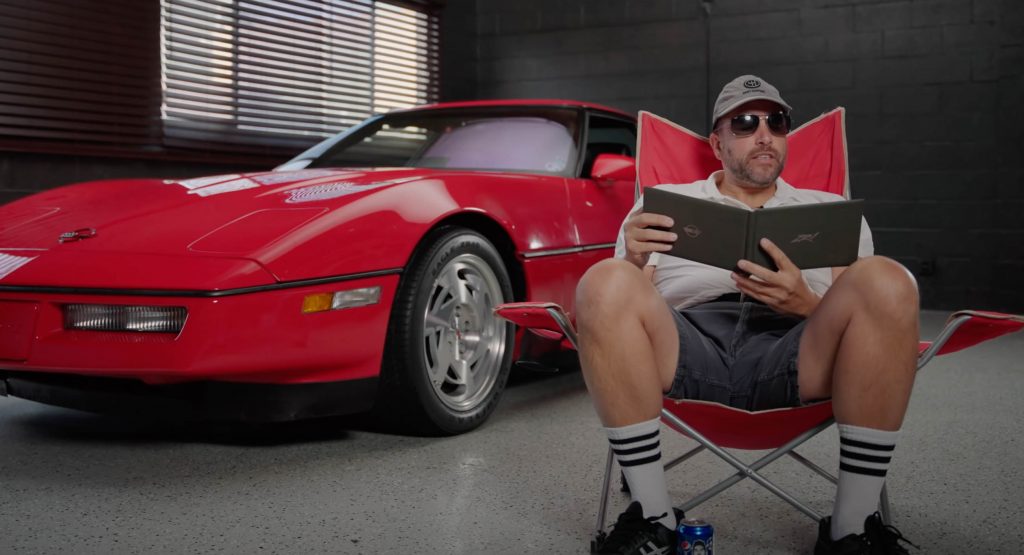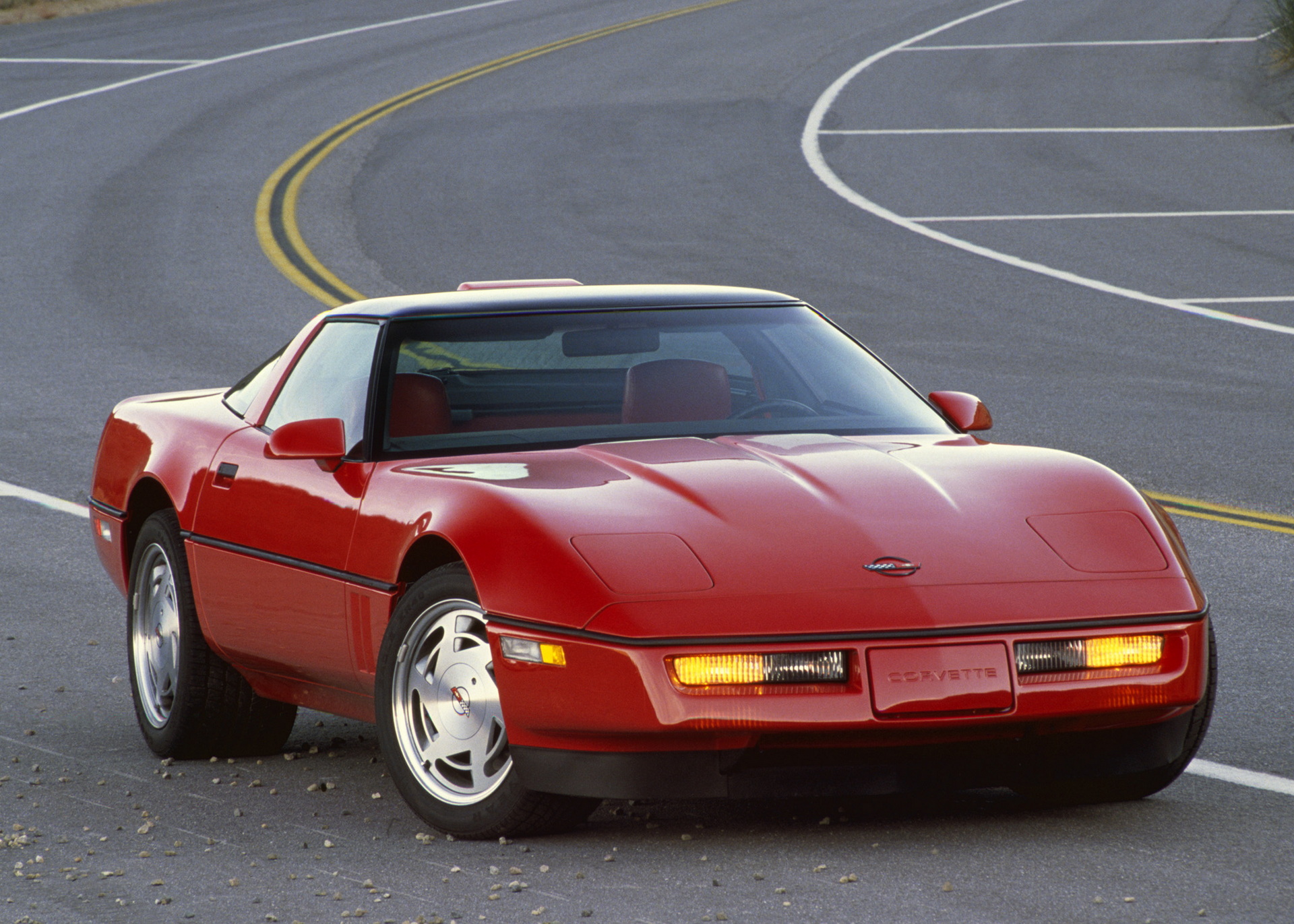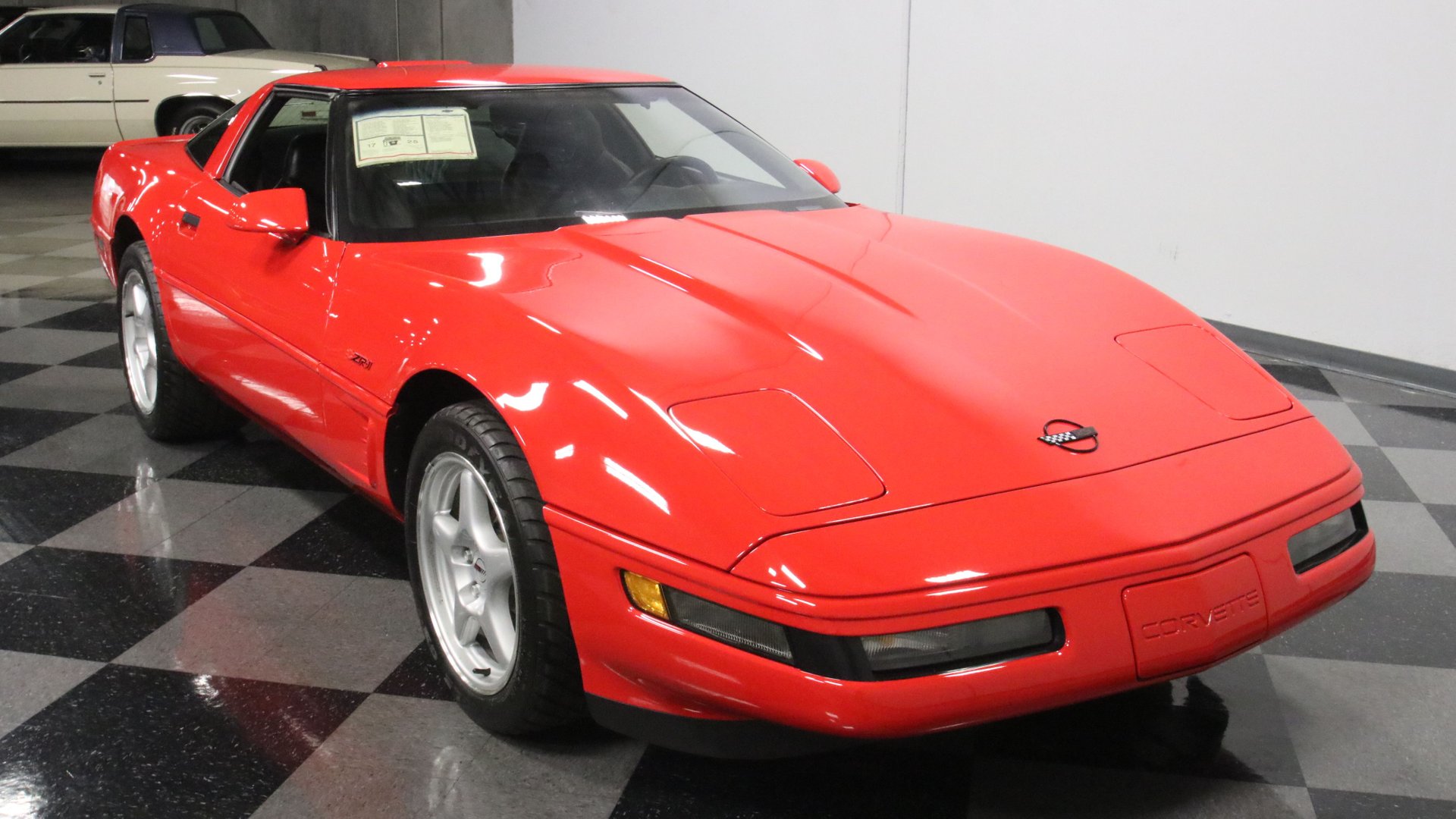The Corvette C4 ZR-1 is a tale of engineering triumph and sales disaster, with a healthy dose of internal strife and quality control woes along the way. But the story behind it is one that needs to be retold — a milestone in the development of the Corvette from crude sportscar to supercar contender if you will.
Among the Chevrolet portfolio of legends, the ZR1 is a model that cannot be ignored. It was the most powerful American production car on sale, boasting 375hp, and it wasn’t just for going in a straight line — The ZR1 had the highest skidpad grip ever recorded and second-best slalom record under its belt.
Jason Cammisa and Hagerty remind us of just how special the C4 ZR1 was, telling its story in their latest video. The C4 also had some impressive tech for the time. It bore a five-link rear suspension for sharper handling, an extreme windshield rake, headlights that tumbled forward, and a radiator layout that made the car less visible to cops’ radars.
Read: This C2 Chevy Corvette Will Soon Have The V10 Of A Lamborghini Gallardo
However, it had a poor interior and was about to go against some fierce Japanese competition. To take the C4 Corvette up a notch, Chevrolet toyed with the idea of installing twin-turbocharged small-block V8s, but for various reasons, this idea was abandoned.
Across the pond, Lotus was designing an engine for their Etna concept show car at the time, and they agreed to create an all-new four-cam V8 dubbed LT5 for Corvette, which ultimately generated 375 hp.
Mercruiser by Mercury Marine built the engines, as GM didn’t have the capacity. The LT5 was created in just three years owing to the parallel collaboration between Lotus, Mercruiser, and Chevrolet — a staggering achievement.
The LT5 boasts 32 valves, 16 fuel injectors, 11 throttles, and 5.7L of displacement, making it the biggest overhead cam V8 in production. Half of the engine’s 16 intake runners could be cut off at low loads, resulting in a torquey and efficient engine at low RPMs, yet powerful at higher revs. A second key included with the ZR1 enables the driver to manually engage all 16 intake runners and break all 375hp loose.
See: The 500+ HP L88-Code Corvette Was 1968’s Scariest C3
The ZR1 set several records, including a 24-hour endurance record that had stood for 50 years — one that Audi, Ford, and Mercedes were unable to break that record. Ass a result, the ZR1 became the darling of automotive magazines. With a 0–60 time of just 4.3 seconds, the ZR1 also thrashed the 911 turbo in terms of 0-60 time, top speed, stopping power, slalom records, fuel economy, and affordability.
Yet, the ZR1 was selling below the sticker price for a number of reasons. The lousy interior barely changed the exterior design, and its reputation for blowing up engines caused its values to tumble. The recession in 1991 didn’t help either. To top all that, the L98 small block of the base Corvette was replaced by the gen two small-block LT1. The new base engine had 300 horsepower, and it made the base corvette lighter, almost as fast, and half the price of the ZR1. After that, a new V8 was born — the legendary LS that we all know and love. It was both lighter and less costly to make. As a result, when the C4 Corvette was phased out, it marked the end of the Lotus-designed LT5 as well.
While sales may have been dismal, the ZR1 embraced world-class performance and transformed the Corvette into a world-class supercar beater. You can watch more on the car’s history in ’s video below.






